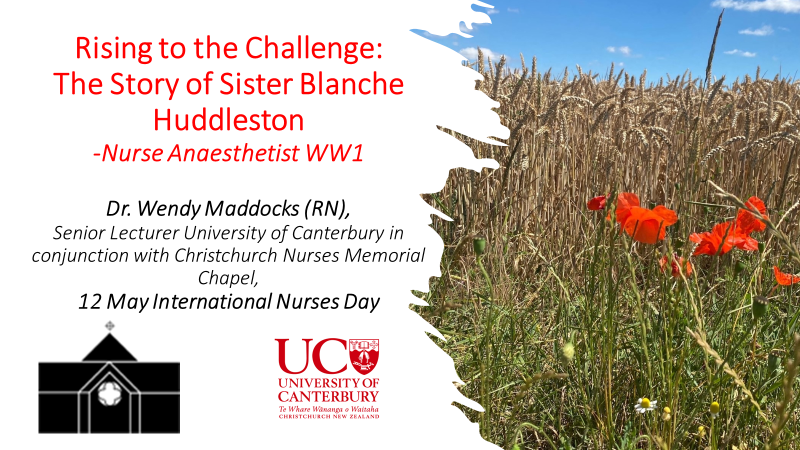This is a recording of the presentation I gave at the Hisotric Christchurch Nurses' memorial Chapel on International Nurses Day, 12 May 2023.
REFERENCES
Lee, E. (2003). Silencing pain amidst the gunfire World War I and the development of anesthesia. Can Anesthesiol Soc, 18(4).Metcalfe, N. H. (2011). Sir Geoffrey Marshall (1887–1982): respiratory physician, catalyst for anaesthesia development, doctor to both Prime Minster and King, and World War I Barge Commander. Journal of Medical Biography, 19(1), 10-14 https://doi.org/10.1258/jmb.2010.010019.Marr, M. C., Dupanovic, I., Sefcsik, V. Z., Mehta, N., & Chin, E. L. (2020). They Were There: American Women Physicians and the First World War. The Permanente Journal, 24.doi: 10.7812/TPP/20.032McCamish, J., & Hawker, R. (2015). The development, impact and use of anaesthesia in World War One. ACORN: The Journal of Perioperative Nursing in Australia, 28(2), 20-23.Nelson, L. (2018). An Unsung Hero: Anne Penland, Nurse Anesthetist. AANA Journal, 86(2), 64-71.Watson, J. S. (2002). Wars in the wards: The social construction of medical work in First World War Britain. Journal of British Studies, 41(4), 484-510.


